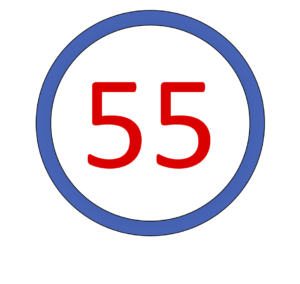The term “Quality of Life” is generally used to discuss people’s access to basic needs and well-being. A high quality of life frees people to attain their needs in a manner fit to their choosing. Quality of life indices are commonly developed using weighted economic, health, and environmental metrics. A locality with high quality of life is described as a place with safe environments, plenty of opportunities, and sustainable resources. Places with low quality of life are unsafe, bereft of opportunity, and are either lacking resources or are actively destroying them.
Maui residents cherish the island’s unique character and beauty. Maui has a wealth of natural resources and a strong sense of community. Despite this, our skyrocketing cost of living, overburdened infrastructure, and degrading natural resources are having a negative impact on our quality of life.
Although the 2012 Island Plan committed Maui County to tracking whether our quality of life is increasing or declining, this has not been done. Rather than wait, Maui Tomorrow has been compiling the types of data that need to be tracked to accomplish this vital task. This study helps Maui understand its unique needs in order to prioritize areas of improvement.
Quality of life on Maui is tracked by looking at a number of indicators under three major indicator categories: Built Environment, Social Environment, and Natural Environment. Each indicator is weighted according to its importance to the overall quality of life on Maui and assigned a score based on available data. Initially, all indicators will be weighted equally. As tracked data is updated, the quality of life score will also be updated. For example, an increase in the cost of housing has a negative impact on the overall quality of life. Historical data will be recorded in order to understand how our quality of life is changing and what specific areas can be improved.
Click here for methodology.
Click on the image to learn more about Maui’s quality of life indicators.
